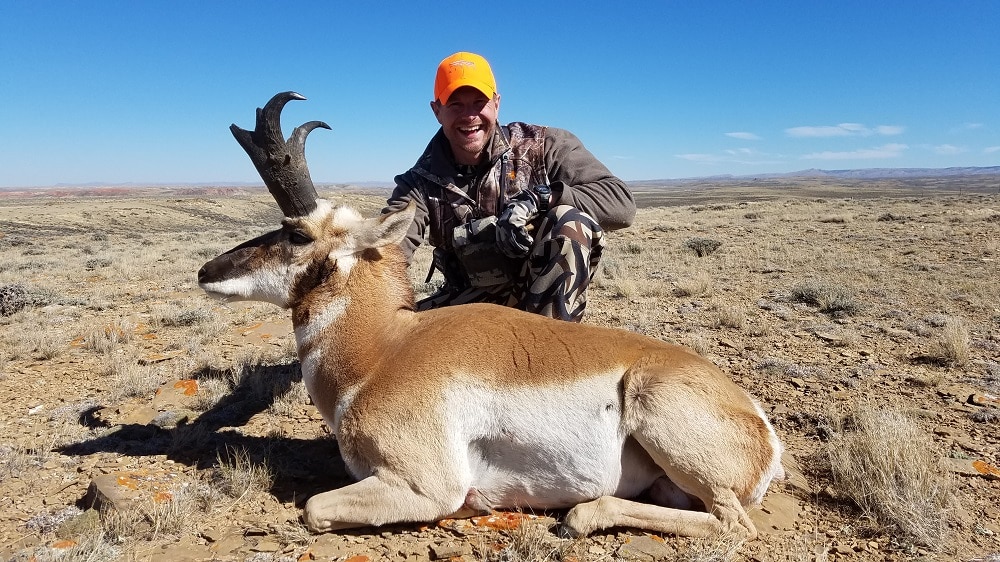“Ice-Off” that Fly Rod, Spring is here!

Spring time in the Rockies, as in many areas across the U.S., means the start of another fly fishing season. Many will wait for the warmer weather before heading to the water. However, braving the spring weather and even “post-holing” or snowshoeing through snow into lakes as they begin to thaw can mean putting the biggest fish of the season in your net! There is a period right after ice-off when the fishing can be HOT! In this article we’ll explore recipes for success when fishing the spring season.

Where to Fish
Ice-off occurs first around shallow shore lines and inlets. These areas are where you will find hungry fish cruising looking for a meal. My favorite spots to fish are near and within inlets as you will typically find fish stacked up here all spring long. Shorelines offering a shallow shelf close to deeper water also can be excellent. Look for fish cruising during the middle of the day when water temperatures warm up just a few degrees.

Tactics and Flies to Use
Spring fishing often means cold and often murky water (especially around inlets). Therefore, beaded nymphs and streamers are generally the way to go. Fish will generally be feeding near the bottom so a slow deep presentation is required. Use of some weight can be necessary or a sinking tip line will do the job too. Ideally, you want enough weight to get down and provide a natural presentation but not too much that you get hung up on bottom. Brighter colors can also be effective as can a larger streamer or nymph especially in murky waters.

When fishing inlets, a natural flow with the current is deadly. With nymph patterns a strike indicator can be helpful too. With streamers a slow “jerky” retrieve draws aggressive strikes or simply raising the rod tip and allowing the streamer to sink during a slow retrieve is effective too. When fishing shoreline shelves, use a slow, deep retrieve for nymphs and techniques described above for streamers. When action is slow and you’re trying to figure out which patterns will be effective, use a double rig with a streamer followed by a beaded nymph. Find two patterns that draw strikes and the action can be non-stop!

A final very effective tactic for fishing at ice-off is use of small boats including belly boats (float tubes). This allows you to get away from other fisherman and fish areas which don’t see as much pressure. Many boats are packable these days and can be inflated with a foot pump. Similar fishing tactics are used as when fishing or wading from shore. However, a favorite tactic of mine when in the boat to locate areas with feeding fish is “slow troll” with streamers and / or nymphs. Once you find an area where you are getting strikes, cast and fish these areas until the action slows down, then troll again to find fish and repeat!

Ice-off Strategy for Success into Summer

The good news about ice-off fishing, especially in mountainous areas like the Rockies, is it can go on for a couple months! It starts here in Colorado with lakes and ponds within the mountain valleys typically thawing around the end of April. By the end of May, lakes around 9000 in elevation start to thaw followed by lakes in the 10,000 feet range by mid-June with the highest lakes at 11,000 feet and up sometimes not thawing until early July.

In summary, with some effort and hiking into the backcountry, one can enjoy the success that comes with ice-off fishing right into the start of early summer! The areas to fish and tactics used remain similar, it just means continuing to go up in elevation. Over the years, I’ve developed a schedule and pattern for the bodies of water and locations I fish on my own and with clients. I encourage you to do the same! With some research and effort you can develop your own “ice-off fishing schedule”. I can assure you once you do, it will be something you look forward to every spring as it will be some of the best fishing you have all season long!















